
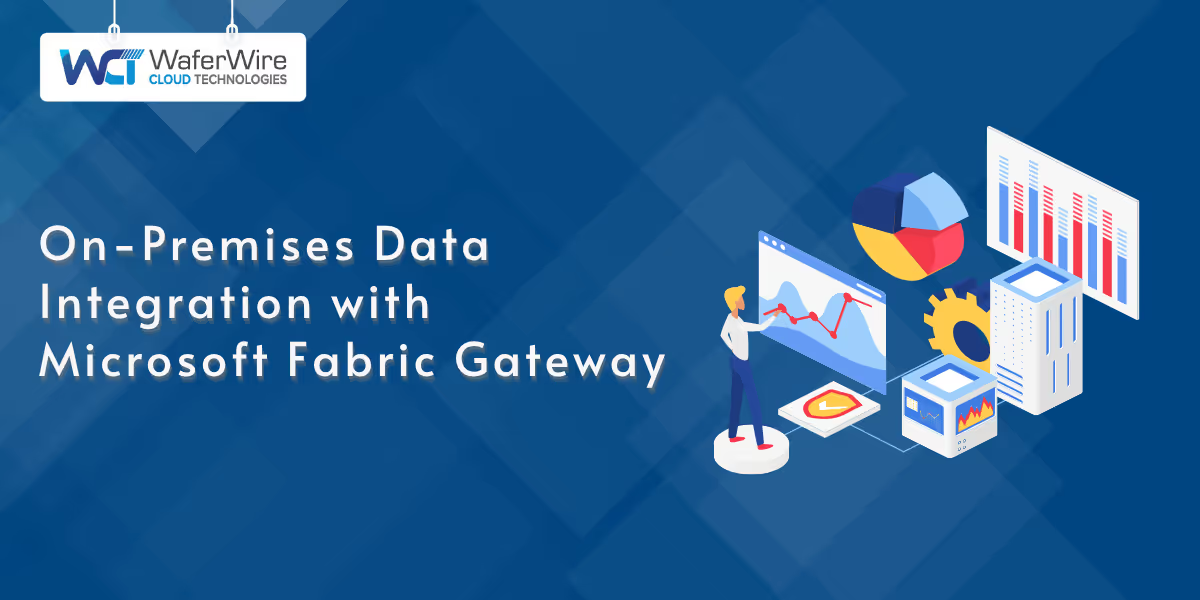
On-premises data integration connects local systems with cloud services, enabling seamless data flow between on-site infrastructure and the cloud.
This blog covers Microsoft Fabric Gateway's key features, use cases, benefits, and provides a step-by-step guide for efficient implementation.
Microsoft Fabric Gateway ensures seamless integration between on-premises data systems and cloud services, enhancing business agility.
By securely transferring data, it ensures compliance with data sovereignty regulations while enabling real-time access to critical information.
This integration supports large-scale operations, improving analytics, reporting, and business intelligence capabilities without compromising security or control over sensitive data.
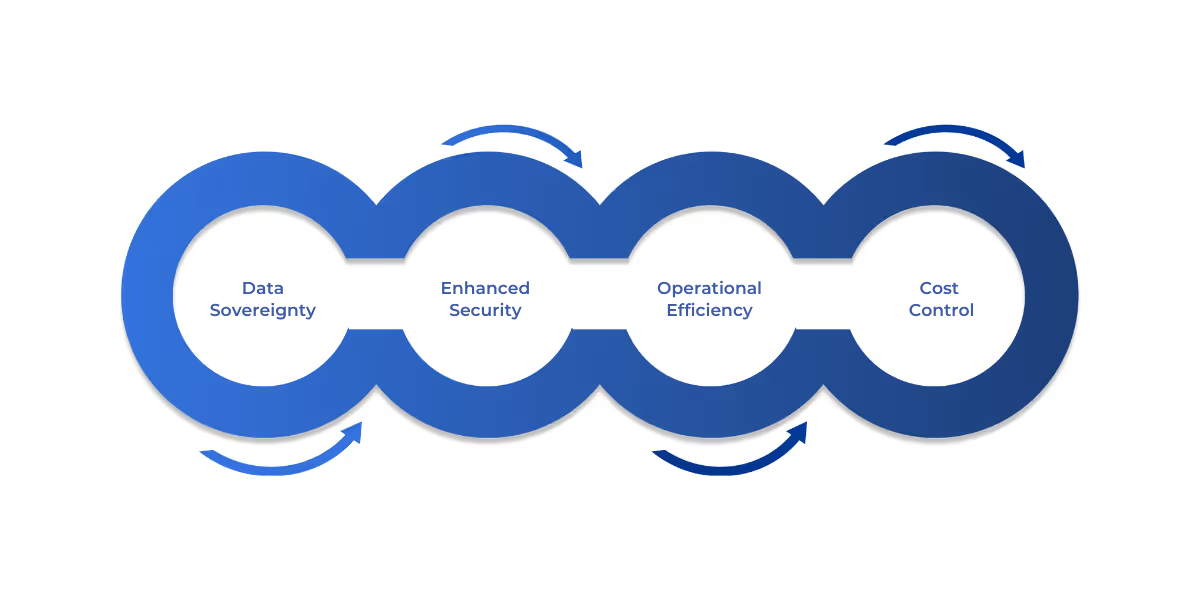
Hybrid environments combine on-premises infrastructure with cloud services, providing flexibility and scalability. Microsoft Fabric Gateway ensures that organizations can access on-premises data securely while integrating with cloud-based platforms for enhanced capabilities.
Key insights:
1. Data Sovereignty: Many organizations must adhere to data residency regulations, requiring data to remain on-premises. Microsoft Fabric Gateway enables compliance by allowing data to stay local while still being accessible in the cloud.
2. Enhanced Security: By keeping sensitive data on-premises, organizations benefit from physical and network-level protections. The gateway ensures secure, encrypted data transfer to the cloud.
3. Operational Efficiency: Real-time access to on-premises data ensures minimal latency, facilitating quicker decision-making with cloud-based analytics tools.
4. Cost Control: Keeping data on-premises avoids high cloud storage costs, while still enabling cloud benefits by transferring only necessary data for processing.
Microsoft Fabric Gateway benefits industries like finance, retail, healthcare, and manufacturing. In manufacturing, it integrates on-premises production data with cloud services to boost efficiency, optimize supply chains, and enable real-time analytics.
Also Read: Guide to Security Roles in D365 Finance & Operations
The architecture of Microsoft Fabric Gateway is designed to bridge on-premises systems with cloud-based environments, enabling secure and efficient data integration.
It connects various on-premises data sources to cloud services like Microsoft Fabric, ensuring data transfer and processing without compromising security or performance.
The architecture provides a modular design, making it easy to scale and adapt to the specific needs of an organization.
For example, an organization using Microsoft Fabric Gateway can integrate its SQL Server database with Azure services for real-time analytics while keeping sensitive data on-premises.
Installing and configuring Microsoft Fabric Gateway involves several steps that ensure smooth integration and secure data transfer between on-premises and cloud environments.
This process requires attention to system requirements, network configuration, and security settings.
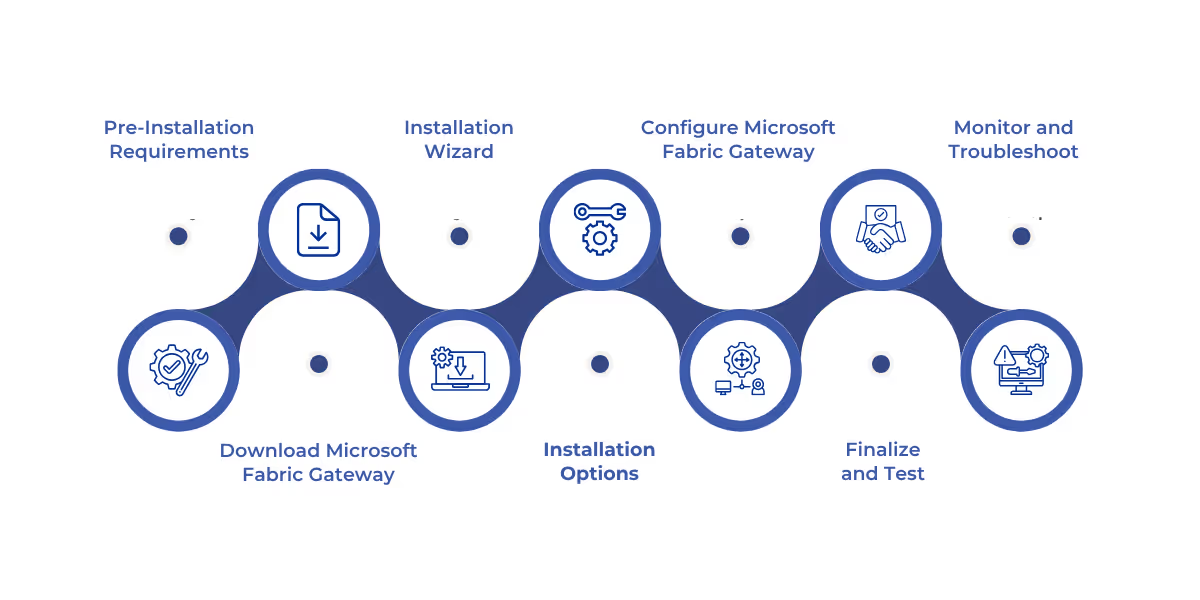
The installation of Microsoft Fabric Gateway is a straightforward process, but it requires careful attention to detail to ensure the system is set up properly. The following step-by-step guide walks you through the installation and configuration process.
Step 1: Pre-Installation Requirements
Before you begin the installation, ensure that your system meets the following prerequisites:
Step 2: Download Microsoft Fabric Gateway
Step 3: Launch the Installation Wizard
Step 4: Select Installation Options
Step 5: Configure Microsoft Fabric Gateway
Step 6: Finalize and Test the Installation
Step 7: Monitor and Troubleshoot
Once installed, use the monitoring and logging tools available in Microsoft Fabric Gateway to track performance, identify potential issues, and ensure the gateway is functioning correctly.
For example, if a data transfer fails, check the logs for any error messages related to authentication or network issues, and troubleshoot accordingly.
For example, an organization can set up an alert to notify administrators if a data transfer fails due to network issues, allowing for quick remediation and minimal disruption.
Also Read: Microsoft Fabric Architecture: End-to-End Scenario Overview
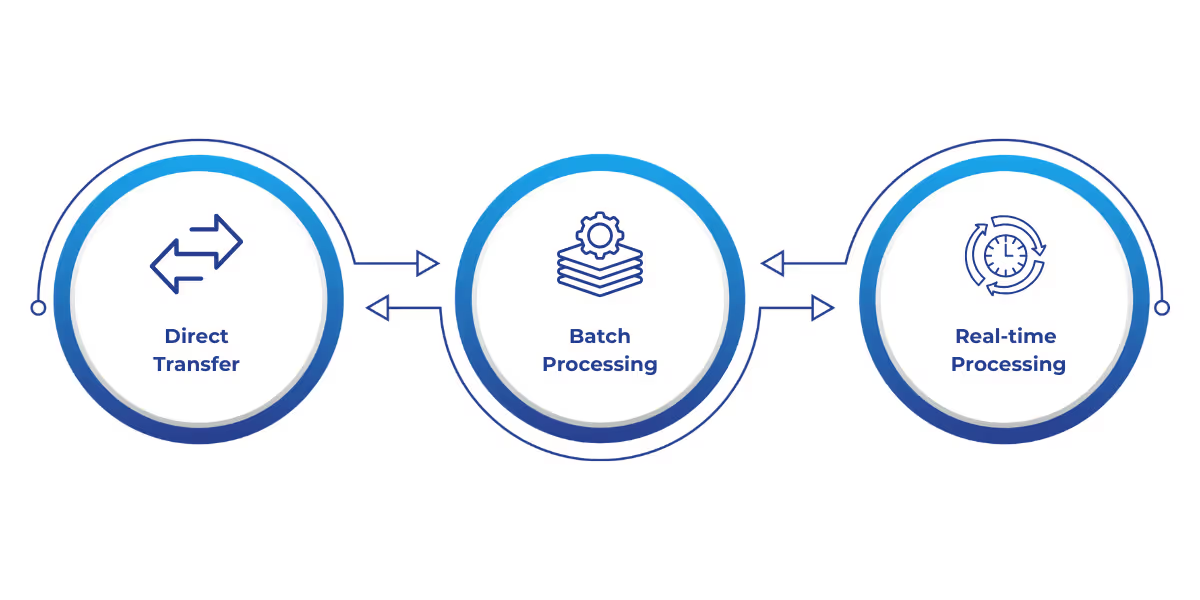
The data transfer and processing capabilities of Microsoft Fabric Gateway ensure that on-premises data can be processed and analyzed in the cloud without compromising performance or security.
For example, an e-commerce company can use real-time processing to integrate on-premises transaction data with cloud analytics tools to track sales trends immediately after they occur.
Security is a critical aspect of integrating on-premises data with cloud environments. Microsoft Fabric Gateway employs several layers of security to ensure data is protected during transfer and processing.
A financial services company, for instance, can use Microsoft Fabric Gateway to securely transfer transaction data from an on-premises database to cloud-based analytics tools, ensuring compliance with financial regulations while accessing advanced analytics.
To ensure optimal performance of Microsoft Fabric Gateway in large-scale data integration, it’s essential to apply various techniques that fine-tune the system.
Here’s an overview of key optimization techniques:
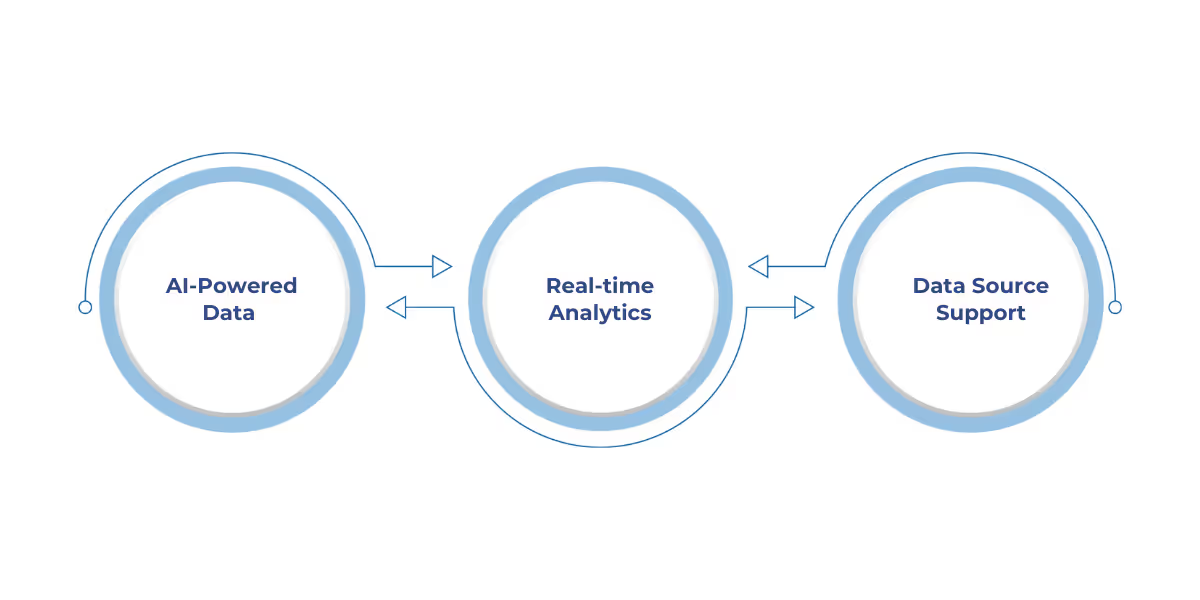
As cloud technology continues to evolve, Microsoft Fabric Gateway will likely undergo several updates to enhance its capabilities.
Looking ahead, businesses in industries like e-commerce and healthcare can benefit from enhanced AI-powered data integration, enabling them to act on real-time insights with minimal latency.
WaferWire provides comprehensive cloud solutions tailored to your enterprise's needs, ensuring seamless data integration, security, and scalability. Here’s how we can assist:
As hybrid cloud adoption grows, seamless integration of on-premises data with cloud services becomes essential. Microsoft Fabric Gateway provides a secure solution for connecting on-premises systems to cloud platforms, enabling real-time access and maintaining control over sensitive data.
This integration empowers businesses to improve analytics, drive better decision-making, and meet compliance requirements without compromising on performance or security.
If you’re looking to optimize your data integration strategy with Microsoft Fabric Gateway, WaferWire offers end-to-end services from strategy and consulting to implementation and support.
Our expertise in cloud services ensures scalable, secure, and high-performance integration with Microsoft Fabric Gateway, helping businesses maximize cloud potential.
Contact WaferWire to enhance your data architecture with expertise and confidence.
Q: How does Microsoft Fabric Gateway ensure secure data transfer?
A: Microsoft Fabric Gateway uses encryption protocols to secure data both during transfer and at rest, ensuring that sensitive data remains protected while moving between on-premises systems and the cloud.
Q: Can Microsoft Fabric Gateway be scaled for large enterprises?
A: Yes, Microsoft Fabric Gateway is designed to handle large volumes of data, making it ideal for enterprises. It supports seamless integration with cloud services while ensuring optimal performance even at scale.
Q: Is Microsoft Fabric Gateway suitable for real-time analytics?
A: Yes, Microsoft Fabric Gateway supports real-time data access, enabling businesses to perform real-time analytics by securely transferring on-premises data to cloud platforms like Microsoft Azure for up-to-date insights.
Q: How does Microsoft Fabric Gateway support compliance with regulations like GDPR or HIPAA?
A: Microsoft Fabric Gateway helps organizations meet compliance standards by ensuring secure data transfer and maintaining control over sensitive information, with built-in encryption and support for data residency regulations.
Q: What are the benefits of using Microsoft Fabric Gateway for hybrid cloud environments?
A: Microsoft Fabric Gateway enables seamless data integration between on-premises systems and the cloud, offering enhanced scalability, security, and compliance, making it an ideal solution for hybrid cloud environments.

